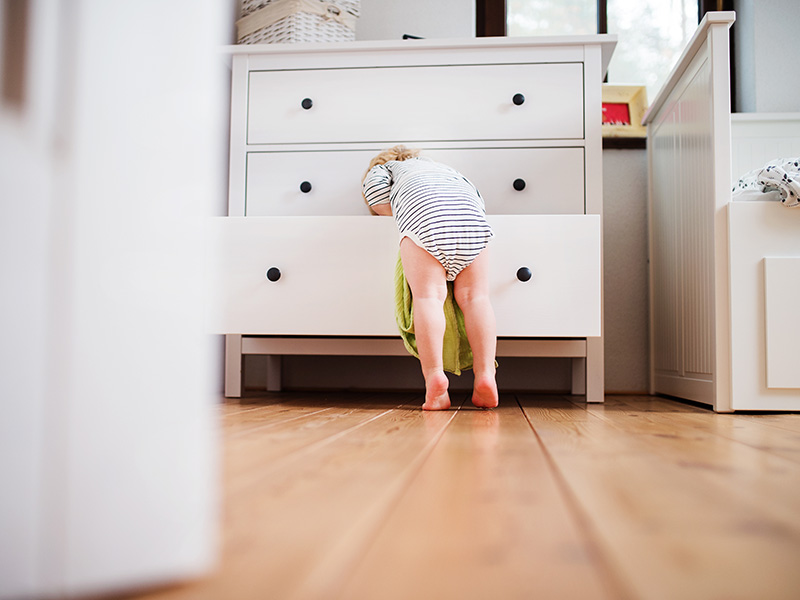What you don’t know about home and family safety might surprise you.
Check out these sobering facts along with some basic safety practices you can do to help reduce the risk for unintentional injuries to your child.
Biking
More children ages 5 to 14 are seen in emergency rooms for injuries related to biking than any other sport. Remember to talk with your child about bike safety, and have your child wear a bike helmet that fits them properly.
Batteries
Every three hours, one child is treated in an emergency room after swallowing a button battery. Be sure loose batteries are not accessible to your child.
Know the products in your home that use button batteries and make certain the cover is secure with a screw so your child cannot get to the battery. Keep batteries in a locked cabinet and out of your child’s reach.
If you think your child has ingested a battery, go to the hospital immediately.
Cars
Temperatures inside a car can rise 19 degrees in 10 minutes. Avoid leaving your child in the car by putting your cell phone, purse, laptop computer or something else you will need on the floor of the backseat. This will serve as a reminder to not leave your child alone in a parked car.
Everyone has a part to play by checking to ensure everyone is out of the car and locking the car so children cannot climb into vehicles alone.
Car seats
Three out of four car seats are not used or installed correctly. Refer to the owner’s manual to find out if your car seat is installed correctly. Have your car seat inspected by a child passenger safety technician at our Sanford Children’s Safety Center.
Medicine poisoning
86% of emergency room visits for medication poisoning are due to a child getting into adult medicine. Be sure to keep all medicine, including creams, powders, and vitamins, locked and out your child’s reach.
Smoke alarms
Working smoke alarms reduce the chances of dying in a fire by 50%. There should be a working smoke alarm on every level of your home. Change your smoke alarm battery when daylight saving time changes every year.
Televisions
Every three weeks, a child dies from a TV tipping over on top of them. Be sure to mount all TVs to the wall or use brackets, braces or wall straps to secure your TV. If that is not possible, consider rearranging the furniture to make sure it is safe.
Learn more: Children’s safety and parenting services at Sanford Health
For additional resources, visit the Sanford Children’s Safety Center to learn how to create a safe home environment for your family and to get your car seat checked by a child passenger safety technician.
Learn more
- From infant to teen: Proper car seat for each age
- Toddler’s throat healing after swallowing button batteries
- Look in back before you lock your car — every time
…
Posted In Children's, Community, Family Medicine, Parenting
